Related Research Articles
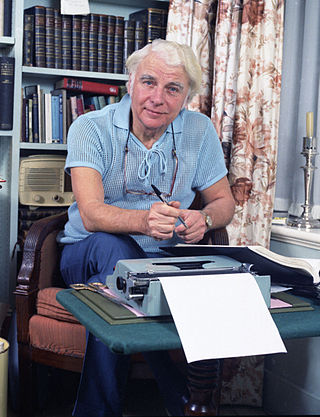
George Emlyn Williams, CBE was a Welsh writer, dramatist and actor.

Little Lord Fauntleroy is a novel by Frances Hodgson Burnett. It was published as a serial in St. Nicholas Magazine from November 1885 to October 1886, then as a book by Scribner's in 1886. The illustrations by Reginald B. Birch set fashion trends and the novel set a precedent in copyright law when Burnett won a lawsuit in 1888 against E. V. Seebohm over the rights to theatrical adaptations of the work.
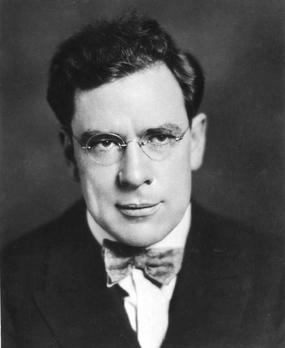
James Maxwell Anderson was an American playwright, author, poet, journalist, and lyricist.

Mary of Scotland is a 1936 American historical drama film starring Katharine Hepburn as the 16th-century ruler Mary, Queen of Scots. Directed by John Ford, it is an adaptation of the 1933 Maxwell Anderson play, with Fredric March reprising the role of Bothwell, which he also performed on stage during the run of play. The screenplay was written by Dudley Nichols. Ginger Rogers wanted to play this role and made a screen test, but RKO rejected her request to be cast in the part feeling that the role was not suitable to her image.

Leonard Joseph Cariou is a Canadian actor and stage director. He gained prominence for his portrayal of Sweeney Todd in the original cast of Stephen Sondheim's musical Sweeney Todd: The Demon Barber of Fleet Street (1979) alongside Angela Lansbury for which he won the Tony Award for Best Actor in a Musical. He also received Tony nominations for his roles in the Betty Comden and Adolph Green musical Applause (1970), and the Sondheim A Little Night Music (1973).
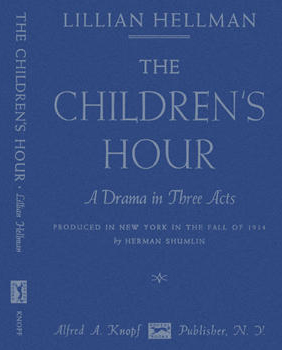
The Children's Hour is a 1934 American play by Lillian Hellman. It is a drama set in an all-girls boarding school run by two women, Karen Wright and Martha Dobie. An angry student, Mary Tilford, runs away from the school and, to avoid being sent back, tells her grandmother that the two headmistresses are having a lesbian affair. The accusation proceeds to destroy the women's careers, relationships, and lives.

Ernest Frederic Graham Thesiger, CBE was an English stage and film actor. He is noted for his performance as Doctor Septimus Pretorius in James Whale's film Bride of Frankenstein (1935).
David Harrower is a Scottish playwright who lives in Glasgow. Harrower has published over 10 original works, as well as numerous translations and adaptations.

Mary Stuart ) is a verse play by Friedrich Schiller that depicts the last days of Mary, Queen of Scots. The play consists of five acts, each divided into several scenes. The play had its première in Weimar, Germany on 14 June 1800. The play formed the basis for Donizetti's opera Maria Stuarda (1835).

Helen Menken was an American stage actress.

The Fulton Theatre was a Broadway theatre located at 210 West 46th Street in Manhattan, New York City, that was opened in 1911. It was renamed the Helen Hayes Theatre in 1955. The theatre was demolished in 1982. After the former Little Theatre on 44th Street became the current Helen Hayes Theatre, the Fulton Theatre was sometimes referred to as the First Helen Hayes Theatre.
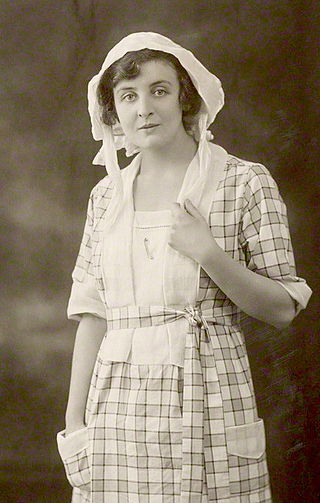
Hessy Doris Lloyd was an English–American film and stage actress. She is perhaps best known for her roles in The Time Machine (1960) and The Sound of Music (1965). Lloyd appeared in two Academy Award winners and four other nominees.
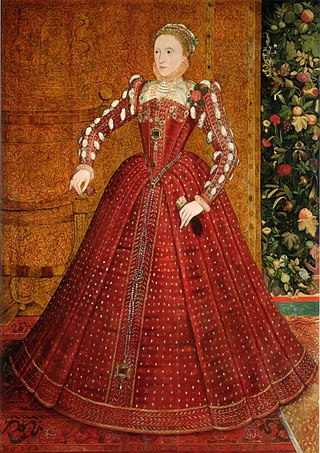
Elizabeth I of England has inspired artistic and cultural works for over four centuries. The following lists cover various media, enduring works of high art, and recent representations in popular culture, film and fiction. The entries represent portrayals that a reader has a reasonable chance of encountering rather than a complete catalogue.
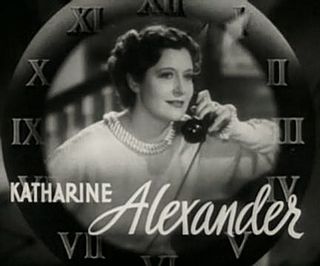
Katharine Alexander was an American actress on stage and screen. She appeared in 44 films between 1930 and 1951.
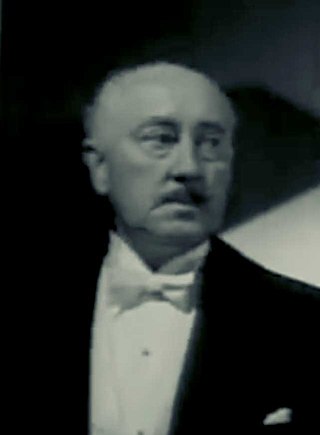
Herbert Halliwell Hobbes was an English actor.

Mary, Queen of Scots, has inspired artistic and cultural works for more than four centuries. The following lists cover various media, enduring works of high art, and recent representations in popular culture. The entries represent portrayals that a reader has a reasonable chance of encountering rather than a complete catalogue.
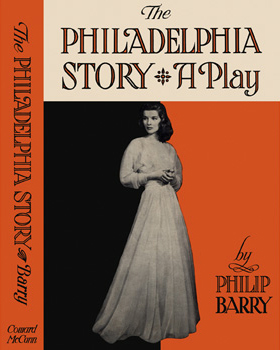
The Philadelphia Story is a 1939 American comic play by Philip Barry. It tells the story of a socialite whose wedding plans are complicated by the simultaneous arrival of her ex-husband and an attractive journalist. Written as a vehicle for Katharine Hepburn, its success marked a reversal of fortunes for the actress, who was one of the film stars deemed "box office poison" in 1938.
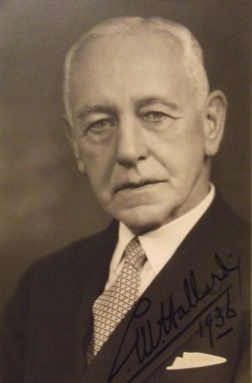
Charles Maitland Hallard was a Scottish actor. In 1895 he appeared in the popular drama Trilby with Herbert Beerbohm Tree at the Haymarket Theatre.

Elizabeth the Queen was a 1930 Broadway three-act play written in blank verse by Maxwell Anderson, produced by the Theatre Guild, directed by Philip Moeller and with scenic and costume design by Lee Simonson. It ran for 147 performances from November 3, 1930, to March 1931 at the Guild Theatre. The starring roles were played by Lynn Fontanne as Elizabeth and Alfred Lunt as Lord Essex.
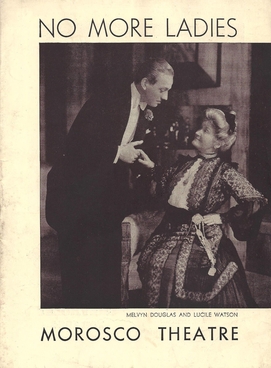
No More Ladies was a 1934 Broadway three-act comedy written by A. E. Thomas, produced by Lee Shubert, and staged by Harry Wagstaff Gribble with scenic design created by Watson Barratt. It ran for 162 performances from January 23, 1934 to June 1934 at the Booth Theatre. The play was included in Burns Mantle's The Best Plays of 1933-1934. It was adapted into the 1935 film No More Ladies directed by Edward H. Griffith and starring Joan Crawford, Robert Montgomery and Franchot Tone.